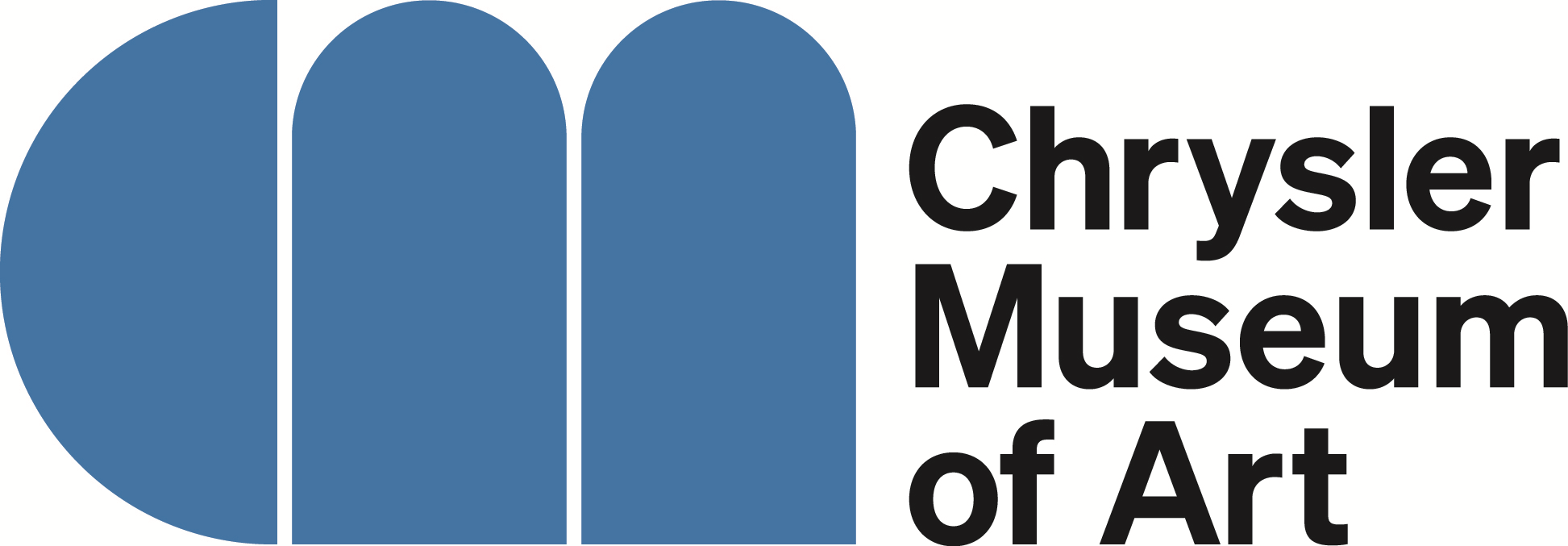Airway
Artist
Robert and Shana ParkHarrison
CultureAmerican
Date2002
MediumGelatin silver print with mixed media
DimensionsOverall: 52 x 64 in. (132.1 x 162.6 cm)
InscribedVerso, in pencil: Robert ParkeHarrison and Shana ParkeHarrison 1/5
Credit LineMuseum purchase, in memory of Alice R. and Sol B. Frank, with major gift support from Kevin and Melissa DiBona, Roger and Marion Lidman, Reneé and Paul Mansheim, Peter M. Meredith, Jr., John and Kim Wadsworth, Peter B. Williams, and Anonymous. Additional gifts from Kathy and Bob Carter, Matthew and Karen Fine, Lynn and Wayne Goodman, Marc and Allyson Poutasse, Judy S. Rubin, John R. Turbyfill, Ann Dearsley Vernon, Leah and Richard Waitzer, Armistead and Widget Williams, James M. Winn, Dr. Lynnette Young, and Anonymous
Object number2003.12
Not on view
DescriptionThis is a gelatin silver print with mixed media on panel. It shows a desolate landscape with smoke stacks in the background releasing waste into the environment. The central subject is an elongated greenhouse-type tunnel running diagonally through the composition, and into the distance. Several human figures walk through the tunnel structure. The figure closest to the foreground appears to be wearing a suit, as the shirt cuff can be seen peeking out of the jacket.Label TextRobert and Shana ParkeHarrison American (RPH, b. 1968 and SPH, b. 1964) Airway, 2002 Gelatin-silver print with mixed media on panel Purchase, in Memory of Alice R. and Sol B. Frank, with major gift support from Kevin and Melissa DiBona, Roger and Marion Lidman, Reneé and Paul Mansheim, Peter M. Meredith, Jr., John and Kim Wadsworth, Peter B. Williams, and Anonymous. Additional gifts from Kathy and Bob Carter, Matthew and Karen Fine, Lynn and Wayne Goodman, Marc and Allyson Poutasse, Judy S. Rubin, John R. Turbyfill, Ann Dearsley Vernon, Leah and Richard Waitzer, Armistead and Widget Williams, James M. Winn, Dr. Lynnette Young, and Anonymous 2003.12 ~ This work comes from a series entitled "The Sentinels." The word sentinel refers to standing watch over something, and in Robert and Shana ParkeHarrison's work, their concern is with the earth and its environment. In viewing this work, the theme of the environment comes through very clearly. We see a desolate landscape with smoke stacks in the background spewing some kind of waste. The main subject is an elongated greenhouse-type structure running diagonally through the composition into the distance. Several shadowy human figures walk through that structure or airway. The figure closest to the foreground appears to be wearing a suit, as the shirt cuff can be seen peeking out of the jacket. This work could be interpreted as a vision of a future world where the land and air are thoroughly polluted and the only way for humans to move about is in controlled environments. The airway provides safe passage from one place to another. The people could be walking to work, or any number of other scenarios could be imagined. The fact that Airway can be interpreted in so many different ways speaks to its power as a work of art. To create their work, the ParkeHarrisons begin with ideas garnered from random readings in subjects ranging from the environment to the theater. After their ideas are formulated, they make drawings to turn their thoughts into visual images. The photographic part of their art making is decidedly complex. After they first make the props needed for the image, they then make a number of negatives - for example, Airway is composed of five negatives. Harkening back to the 19th century, their negatives measure an enormous 20 by 24 inches. For comparison, consider that today's 35mm negative measures about an inch by an inch and a half. In another throwback to the very beginning of photography, they use paper negatives. By 1860, photographers had abandoned paper in favor of glass. The multiple negatives are pieced together, and a new negative of the assemblage is made. This negative is printed on photo-sensitive paper that is then painted on or otherwise manipulated. Edited By: GLY Edited Date: 11/07/2003ProvenanceThe artists, Robert and Shana ParkeHarrison, 2002; Bonni Benrubi Gallery, 2003; Museum Purchase in memory of Alice R. and Sol B. Frank, 2003. Exhibition History"The Sentinels," Bonni Benrubi Gallery, New York, N.Y., January 30 - March 22, 2003. "Silver Images: The Photography Collection at 25," Alice R. and Sol B. Frank Photo Galleries, Chrysler Museum of Art, Norfolk, Va., November 5, 2003 - August 2004.
Préfecture de Police de Paris, Service de l'Identité Judiciaire
January 1910
Préfecture de Police de Paris, Service de l'Identité Judiciaire
July 1910














